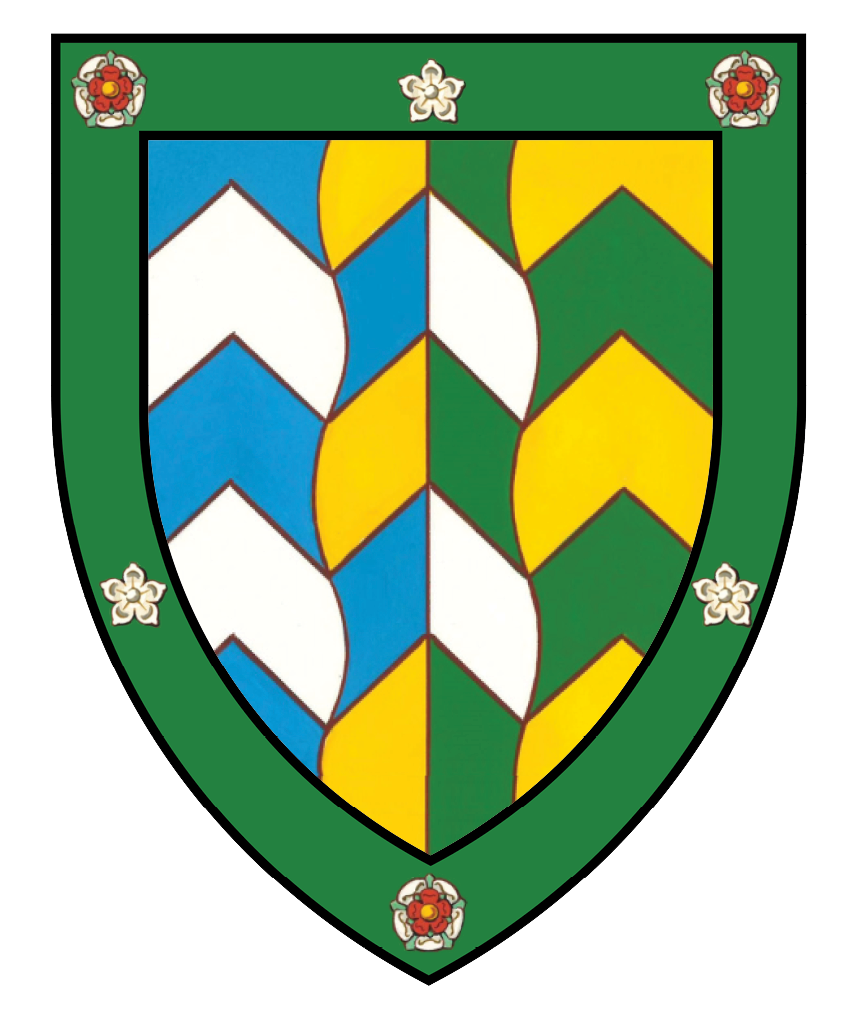Urban District Councils
(Including Local Boards of Health/Local Boards and Urban Sanitary Authorities)
By the mid-19th century, there was increasing concern about public health. Responsibility for sewerage, sanitation, water supply and related matters was, at that time, divided amongst vestries, manorial courts and boroughs. Although Improvement Commissioners had been appointed in some towns to deal with problems arising from urban growth and industrial development, provision for public health was inadequate in many areas.
The 1848 Public Health Act and the 1858 Local Government Act attempted to improve this situation by creating new authorities called Local Boards of Health (named Local Boards after the 1858 Act). Municipal Corporations and ratepayers in other towns could apply to become Local Boards. However, it was not compulsory for towns to adopt these acts and it was only after the 1872 Public Health Act that a comprehensive network of public health authorities was established. This act (operative from 1875) divided the whole country into sanitary districts. Existing Local Boards were renamed Urban Sanitary Authorities (USAs) and borough councils were also empowered to act as Urban Sanitary Authorities.
The 1894 Local Government Act renamed Urban Sanitary Authorities as Urban District Councils (UDCs). Many were re-organised in 1935 and all were abolished in 1974, when they were replaced by District Councils.
The powers and duties assigned to Boards of Health/Local Boards, Urban Sanitary Authorities and Urban District Councils included the following: sewerage, drainage, water supply and street cleaning (1848- ); the inspection of nuisances (1848- ); licensing slaughterhouses, hackney carriages and canal boats (1848- ); highways (1848-); public parks and burial grounds (1848-); ordering the repair or demolition of property (1868-); clearing insanitary areas (1875-); building council houses (1890-); planning (1909-); and overcrowding surveys (1935-).
For further information on the previous boundaries of urban district councils, rural district councils and borough councils see the maps of Cumberland 1894-1934 (PDF 150KB), and Cumberland, Westmorland and Lancs, 1934-1974 (PDF 150KB).
NOTE: Records between 1848-1875 were created by the Board of Health/Local Board, records between 1875-1894 by the Urban Sanitary Authority and records between 1894-1974 by the Urban District Council.
Links to online catalogues of holdings:
Ambleside Absorbed by Lakes UDC 1935
Arlecdon and Frizington Absorbed by Ennerdale RDC 1934
Aspatria Absorbed by Wigton RDC 1934
Bowness Absorbed by Windermere UDC 1905
Cleator Moor Absorbed by Ennerdale RDC 1934
Cockermouth Superseded by Allerdale DC 1974
Dalton-in-Furness Superseded by Barrow Borough Council 1974
Egremont Absorbed by Ennerdale RDC 1934
Grange-over-Sands Superseded by South Lakeland District Council 1974
Grasmere Absorbed by Lakes UDC 1974
Harrington Absorbed by Workington Municipal Borough 1934
Holme Cultram Absorbed by Wlgton RDC 1934
Keswick Superseded by Allerdale District Council 1974
Kirkby Lonsdale Absorbed by South Westmorland RDC 1935
Lakes Created 1935, absorbed Ambleside and Grasmere UDCs and 6 RDC townships. Superseded by South Lakeland District Council and Eden District Council, Patterdale Ward only 1974
Maryport Trustees of the District and Harbour of Maryport, established 1833 and reconstituted 1866, were the local authority for the town until separate bodies of Harbour Commlssioners and Maryport UDC were established in 1894. Superseded by Allerdale District Council 1974
Millom Absorbed by Millom RDC 1934
Penrith Superseded by Eden District Council 1974
Shap Absorbed by North Westmorland RDC 1935
Ulverston Superseded by South LakeIand District Council 1974. Material held at Barrow. Contact Kendal Archives directly for other material held there
Wigton Absorbed by Wigton RDC 1934
Windermere Absorbed Bowness UDC 1905. Superseded by South Lakeland District Council 1974
